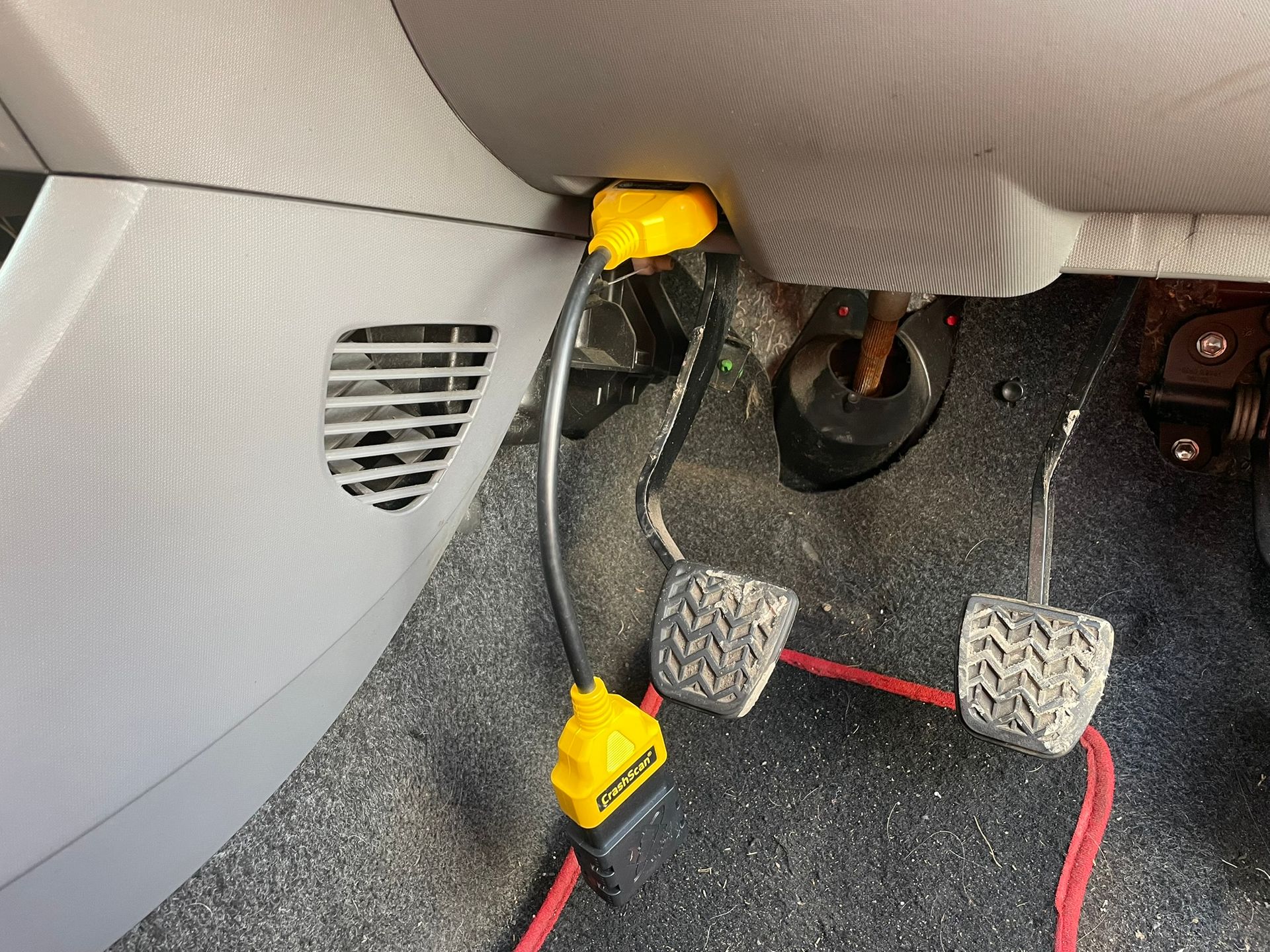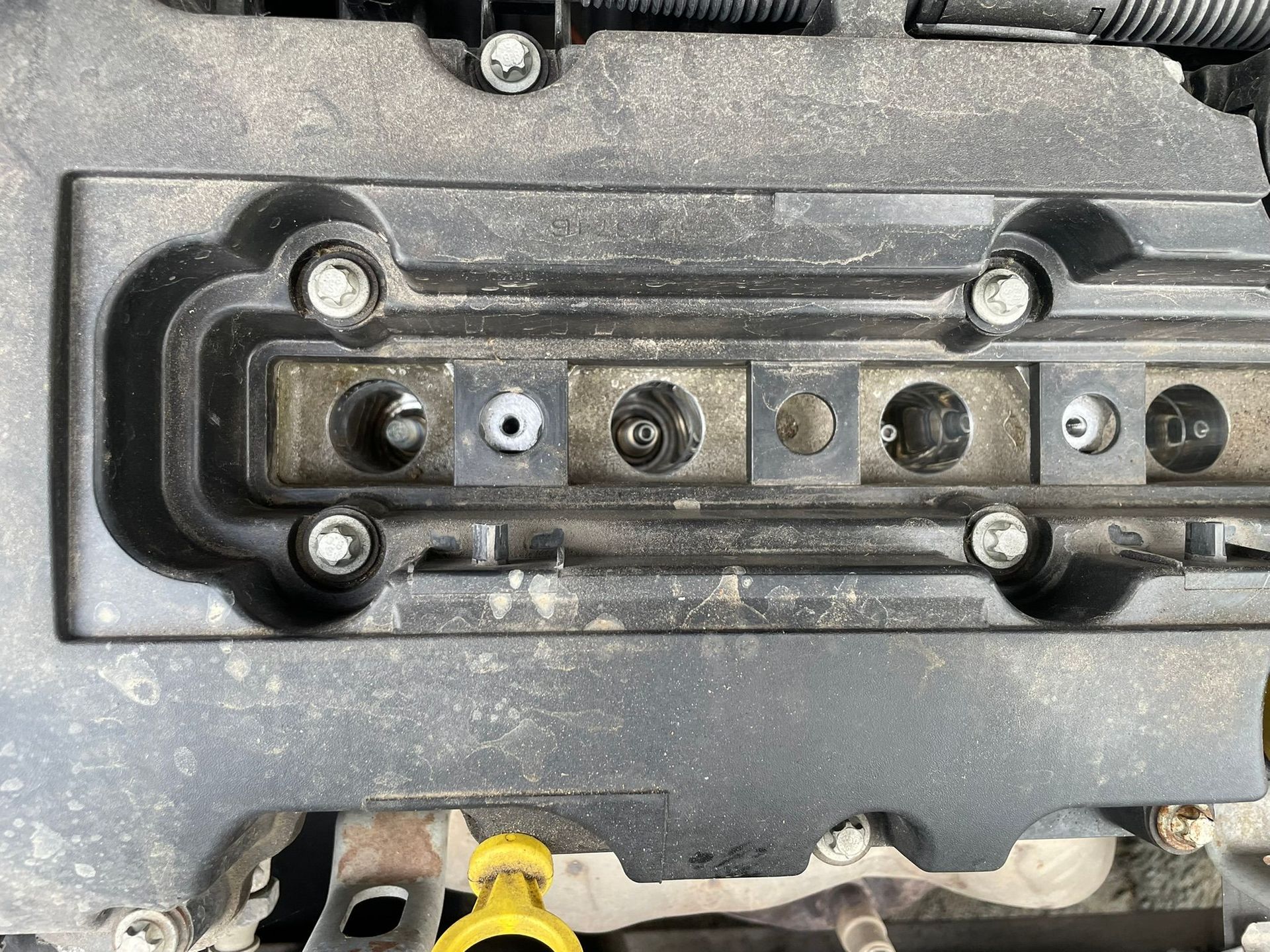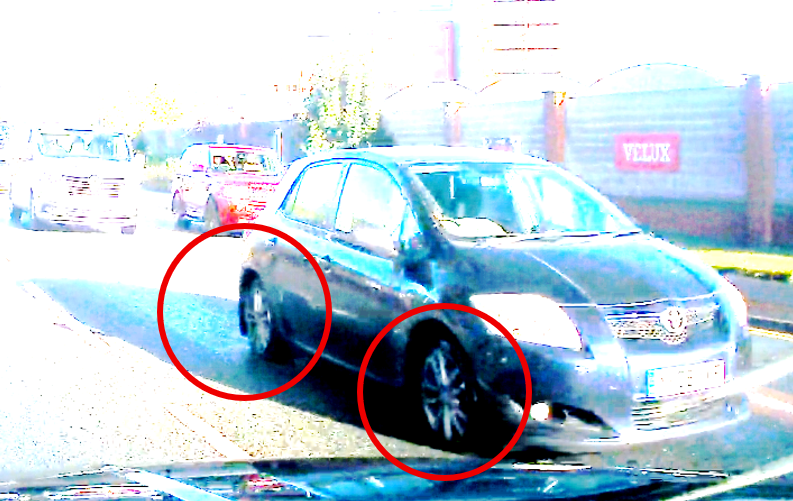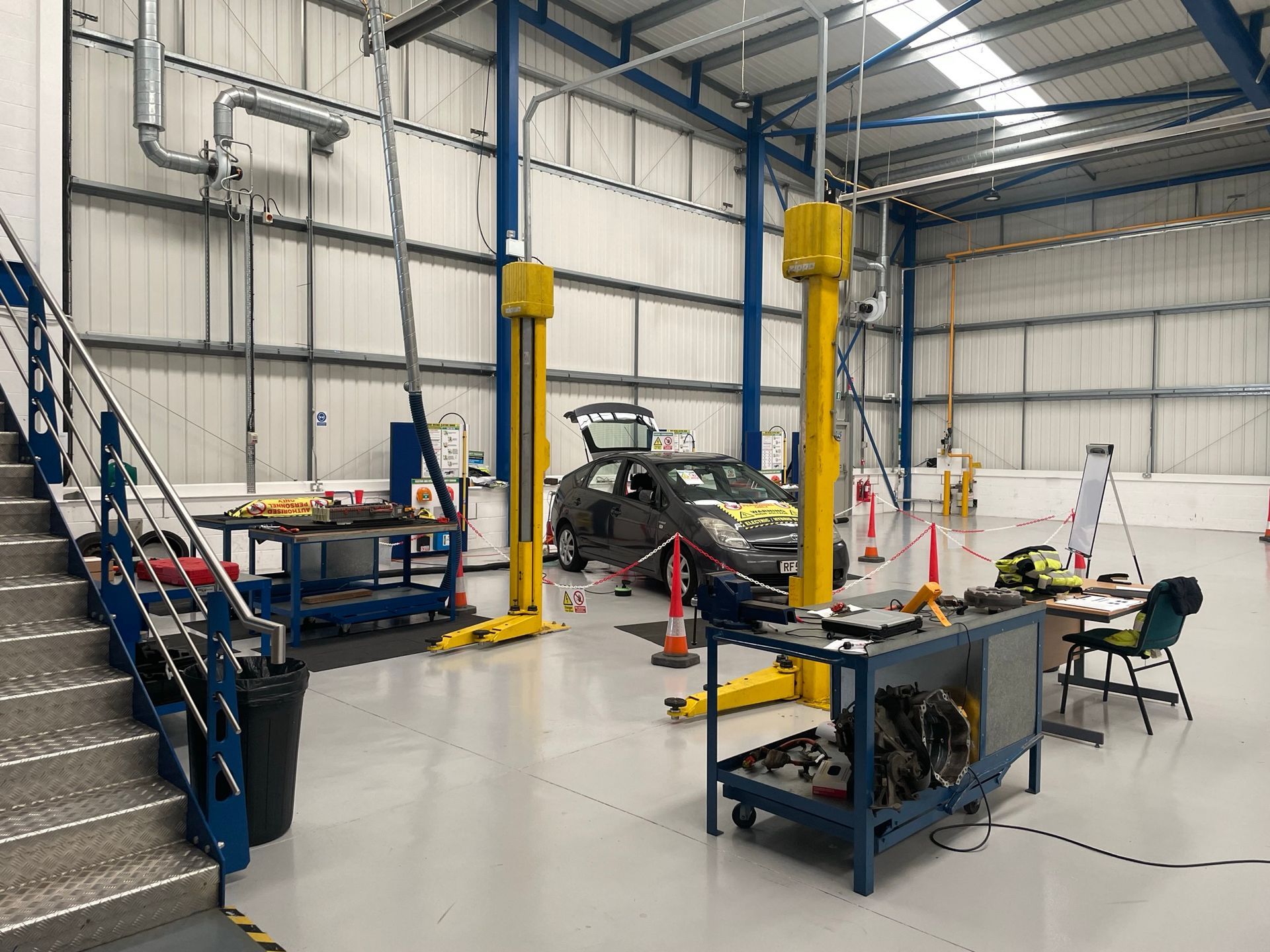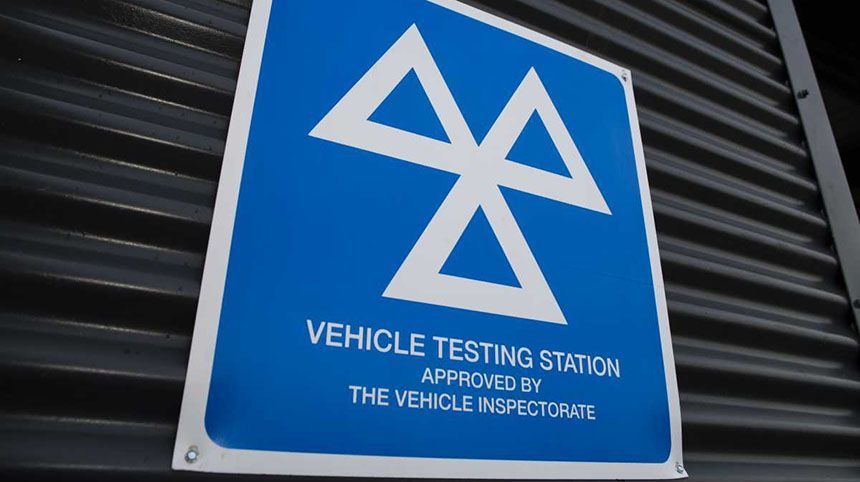You guessed it, it's freeze frame data

The most underused data source but the easiest (and arguably the cheapest) is freeze frame data.
Although the data may never have been intended for collision investigation and reconstruction, it can provide answers to some of the key questions.
What is freeze frame data?
When a modern vehicle develops a fault, a code is often recorded to the vehicles internal memory, which can be retrieved later on by a vehicle technician to give that technician an idea of where to start. In addition to a fault code, it would be useful if the technician knew what the vehicle was doing around the time the fault occurred. Whilst the technician could just ask the driver, sometimes it is beneficial to know more than the driver can offer. Therefore, when a fault occurs, the vehicle can also document what it was doing around the time the fault occurred.
How can you access it?
Accessing freeze frame data is incredibly easy. Most modern diagnostic systems have the facility to open the fault code and select the option to view freeze frame data.
What can it show?
Freeze frame data and what it shows depends on a variety of factors, including who manufacturered the vehicle, how old the vehicle is and the system used to access the freeze frame data. Generic diagnostic systems generally include information around the odometer reading (mileage), engine temperature, engine speed and other general information. Dealer diagnostic systems can include more information.
Is it accurate?
In my experience, the data is generally quite accurate. When I think about freeze frame data however, I look at it slightly differently, in that I consider it to be what the vehicle experienced rather than necessarily what the vehicle was doing. The data provided is only as good as the sensor sensing it and in all of this, the sensor cannot provide any context. An example would be where a vehicle recorded a speed of 80 miles per hour. Speed is determined by wheel speed sensors, where there is a relationship between the number of times a wheel rotates and the time in which those rotations are completed. Therefore at the point of recording a speed, the car simply knows the wheels have rotataed a set number of times in a set time frame, it does not know whether all wheels were on the ground or whether the car was upside down.
What is the cheapest way to obtain it?
The cheapest way to obtain freeze frame data is by using an OBD code reader, such as the Topdon Topscan, which cost me £50 and came with a 2 year subscription. When considering which system to used to access the freeze frame data, think more longer term about how often you are intending to recover that data and where it will be used (i.e. in company meetings or in Court). The more official the use, the better system you will want to invest in.


